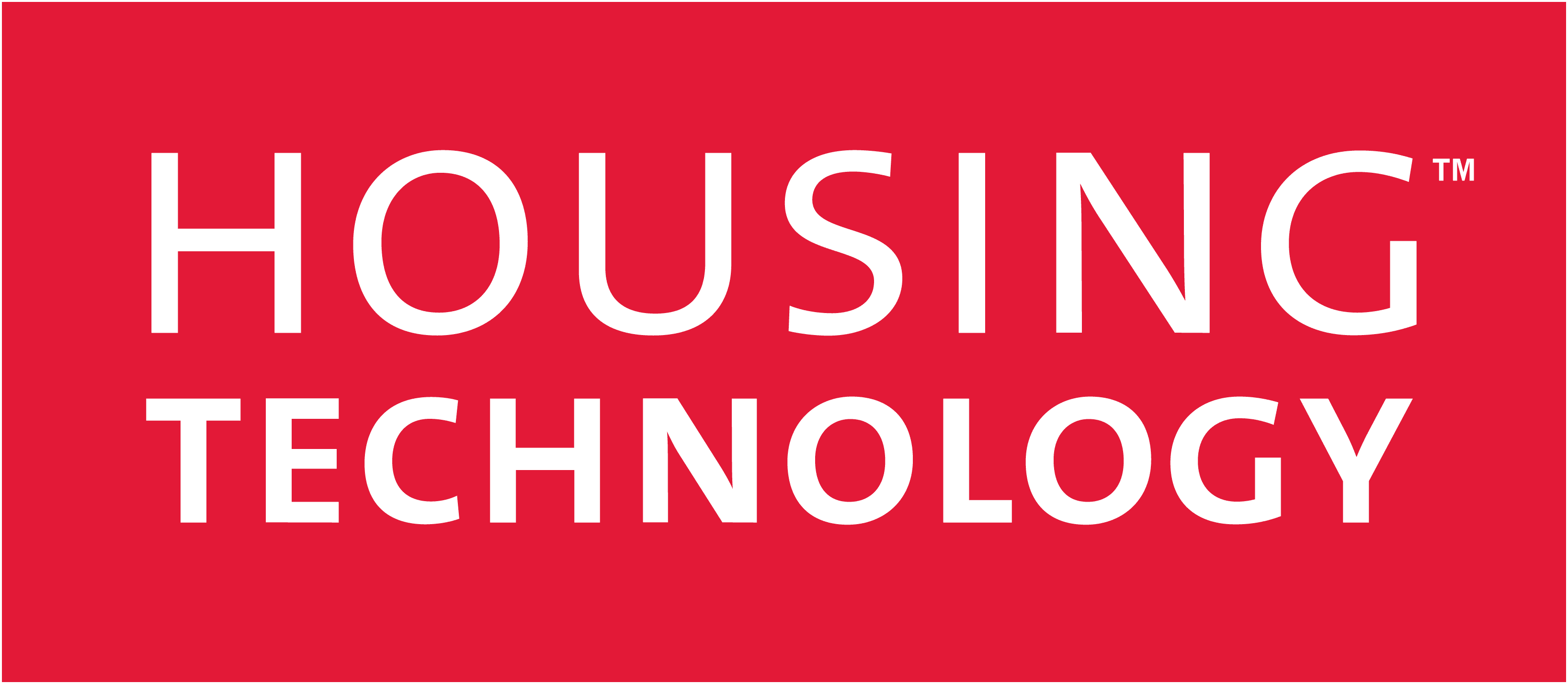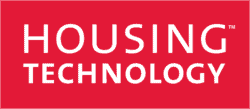Talk to your current suppliers
Before onboarding a new technology supplier, it’s worth discussing the matter with your current suppliers to see if they can offer the solution(s) you need. Your existing suppliers will have already passed all of your internal checks, plus you can gain internal references from your colleagues on the quality of the company’s products and their service levels, removing much of the risk.
In contrast, with a new supplier, it’s only as you move through your procurement cycle, from their initial sales pitch through to onboarding you as a customer, that you can assess their service levels. Most companies will have experienced a disconnect between what was promised as a prospective customer and what is actually received as a customer; this is a risk that will tie up time, money and resources.
What about financial stability?
The financial stability of a company should be considered before onboarding a new supplier. For example, if you are looking at products with a ten-year lifespan, the questions should concern the likelihood that the prospective supplier will still be trading in 10 years’ time.
Are they financially robust enough to navigate the inevitable ups and downs of the market? If a supplier does fold partway through a roll-out, you may end up with products which have reduced functionality or cease to work at all. In addition, the support and warranties/guarantees will also be withdrawn. This presents a significant risk if the roll-out is over thousands of properties over multiple years.
When assessing a company’s financial stability, you may choose to look at their credit score and financial returns (via Companies House, among others). This will give you an insight into their turnover, cash and bank reserves, working capital, current assets, liabilities and profits.
You can also check when large businesses pay their suppliers through the government website (gov.uk/check-when-businesses-pay-invoices), allowing you to see their payment performance by looking at the invoices not paid within agreed terms. A significant number of ‘out of term’ invoices might indicate a risky supplier.
A final way of examining financial stability is through a stock market check. If a company is listed on a stock market, you can access information on the company’s performance over time and their market capitalisation.
Ability to scale
The technology space is incredibly exciting and full of great minds with fantastic ideas, but a key question to ask is does the supplier have the ability to scale their idea?
Have they previously taken a product from concept through to production? And if so, what was the scale of that production? Producing a batch of just a few hundred units for a trial is one thing, but what happens if you need 1,000 units over a set period of time? This could overlap with other customers’ requirements, so the supplier might need to produce, say, 10,000 or more units per year or month. It’s said that only after the manufacture of one million units are the true efficiencies within the supply chain apparent.
A company’s ability to scale is more than just the ability to manufacture; all of the company’s other departments must also be able to scale to support increased demand. Scaling is resource-heavy, requiring significant capital to succeed; a company that has already demonstrated this will present a lower risk.
Cost control in the supply chain
Supply chains are now more stretched than ever, potentially leading to longer supply chains and price increases. More steps in a supply chain increases the number of potential price rises, therefore reducing cost controls and increasing supply-chain risk.
Suppliers who sell other suppliers’ products into a different market, in a different way or with a bespoke software package also present a greater risk because they have little or no control over their supply-chain costs.
Other suppliers may use third-party manufacturing facilities, which presents similar risks. The price paid will be set by when the purchase order is raised by your supplier, which could vary from order to order unless large volumes are placed on backorder.
The supplier with the best control over cost is one that manufactures themselves; there are fewer steps in the supply chain and, more importantly, because the supplier is buying at the component level, they can purchase large volumes upfront, flattening out any large price fluctuations.
Quality control in the supply chain
This is similar to the previous area around cost control; any supplier other than a direct manufacturer increases risk. A third-party manufacturer or supplier could reduce its quality to increase its profit without agreement further down the supply chain. Working with a company that directly manufactures the products reduces this risk.
Some hardware manufacturers may opt for batch testing over individual unit tests. Working with a manufacturer who tests each unit individually will reduce the risk because they have tighter control over the units’ quality.
When considering quality, it’s always worth considering whether the products you are looking at have been third-party tested. These tests ensure that the products are designed and manufactured in line with published standards. An example of this would be BSI which offers a range of testing and certification services; a product that has passed the relevant BSI tests could then carry the BSI ‘kitemark’ certification.
Summary
Some simple questions should be asked before onboarding any new technology supplier to reduce risk. Your current suppliers are a great place to start because they should have already passed your internal checks and considerations.
From here, whether considering a current or new supplier, you need to assess their ability to scale, their financial stability and their cost- and quality-control measures in order to enable you to successfully reduce your organisation’s supplier risk.
Daniel Little is the national sales manager at Aico.


